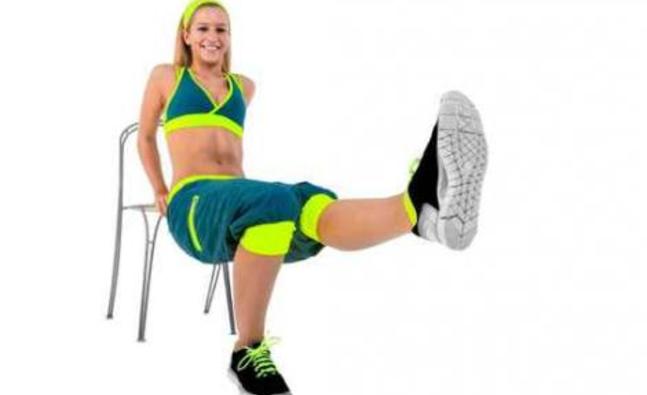The FDA Just Approved a Weight Loss Device that Sucks Food Out of Your Stomach
There’s a new weight-loss procedure on the market that’s causing people to lose their lunch—literally. AspireAssist, approved by the Food and Drug Administration (FDA) on Tuesday, is a device that helps people absorb fewer calories by draining one-third of the stomach’s contents after a meal right into the toilet. (Group shudder.)
Here’s how it works: Surgeons make a small incision in the abdomen and insert a tube into the stomach using an endoscope. The tube is then connected to a disk-shaped valve that lives outside the body. 20 to 30 minutes after eating, patients rig up a small external device to the valve, open it, and dump the stomach contents into the john. (The device insertion procedure takes about 15 minutes under sedation, and emptying your breakfast frittata into the toilet takes around five to 10 minutes.)
See it in action below:
RELATED: My Weight Loss Surgery Was a Huge Mistake
The procedure (which is for obese patients age 22 and up) is getting buzz for a few reasons. It’s not a major surgery like gastric bypass, has fewer side effects, and it appears to get results. (To lose weight and still eat delicious meals, check out The Body Clock diet.)
After a year-long trial, people who were treated with the device (along with nutrition and exercise counseling) lost an average of 12.1 percent of their body weight, while the counseling-only group lost an average of 3.6 percent.
One of the doctors involved with the device’s research, Shelby Sullivan, M.D., director of bariatric endoscopy at Washington University School of Medicine in St. Louis, says it doesn’t just work by dumping out cals—the patients with the device actually ended up eating less. “They have to chew their food really well (particles have to be really small to aspirate) and drink water for it to work, so that slows them down and helps them register fullness," says Sullivan.
Also, physically seeing what drains out is an incentive—healthy foods like vegetables look about the same coming out as they did going in, while something like a burger and fries looks pretty gross—the fat actually separates out. Oh. Boy. Still with us?
RELATED: People Are Successfully Losing Weight by Swallowing Inflatable Balloons
Some critics are calling the device what you might have been thinking in the back of your head this whole time—assisted bulimia. “There’s a lot of abuse potential here—people with those eating disorders are going to say, ‘This is what I’ve been waiting for,’” says Christine Gerbstadt, M.D., R.D., author of The Doctor’s Detox Diet The Ultimate Weight Loss Prescription. “The way people eat today is more of a grazing or snacking pattern than three square meals," says Gerbstadt. "And with obese patients it happens mindlessly—so are they going to eat a candy bar and then remember to purge it? That’s really a nuisance.”
Other annoying aspects of the device: You have to go back to the doc every five to six weeks to have one of the parts replaced, and certain foods are off limits (like raw broccoli or tomato skins, which could get stuck in the tube).
So what do the docs who perform weight loss surgeries think of the new tech? “We’re always looking for new therapies to treat obesity," says Stacy Brethauer, M.D., a bariatric surgeon at the Cleveland Clinic and president-elect of the American Society for Metabolic and Bariatric Surgery. "This one is met with some skepticism, but the patients will decide for themselves if it’s something they’re interested in having. Only time will tell.”
We’ll stay on team raw broccoli for now.
-
How to practise yoga poses to tone your hips
-
How Losing Weight Changes in Your 20s, 30s, and 40s
Late-night eats, pregnancy weight that won't budge, and a declini
-
Substitute potatoes with butternut for weight loss
-
Burn more calories without burning out!
-
Eating etiquette may affect how much you weigh
-
The Best (And Worst) Fruits & Veggies for Weight Loss
Fruit has always boasted the reputation as a a go-to snack choice for
- DON'T MISS
- Can water make you gain calories?
- Womens weight is different to mens!
- What is the fast metabolism diet?
- You May be Overeating and Not Even Realize It
- Lose weight by babysitting
- Crazy celeb diet tricks: The Twinkie Diet
- Is your personality making it hard to lose weight?
- The 3-Day Military Diet Is One of the Worst Crash Diets Ever—Period
- Does Metformin Help You Lose Weight?
- Top habits of successful dieters: I get knocked down but I get up again




